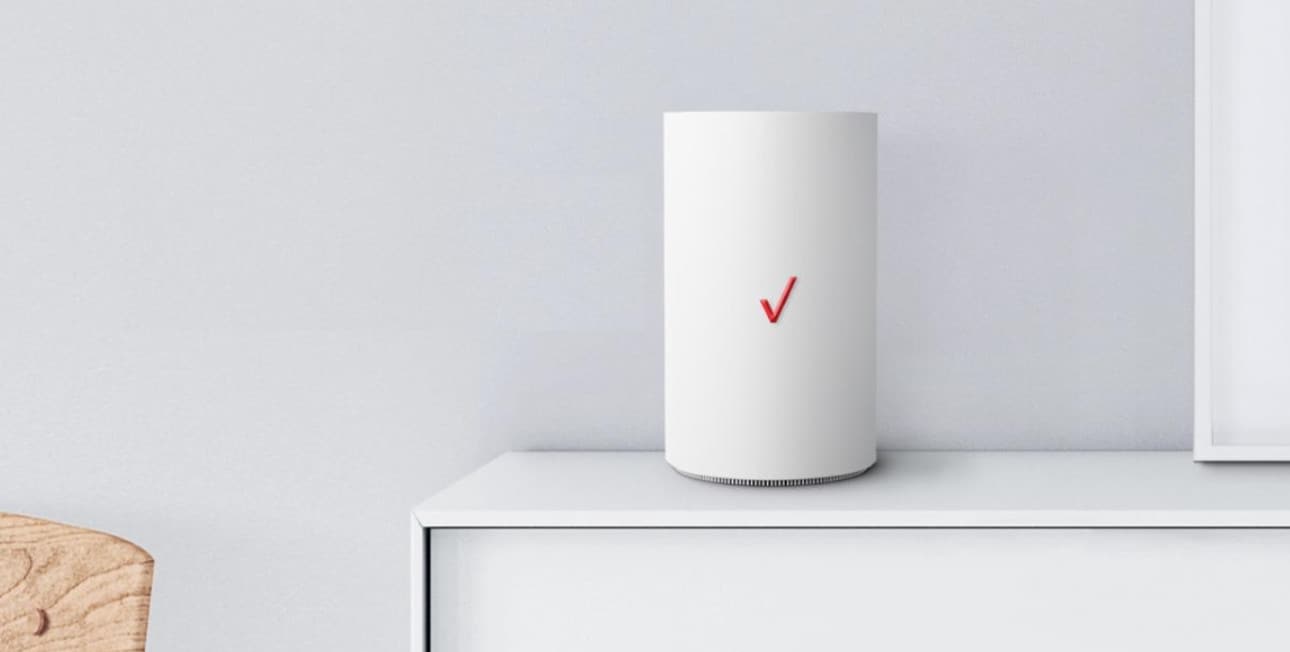

RSRP greater than -60 dBm, but SINR of less than 10 dB) then we recommend using a broadband booster from SureCall, Wilson, weBoost, or HiBoost, alongside a directional outdoor antenna. If you have low bars outdoors because of noisy signal (i.e. Carrier-specific boosters have more gain (up to 100 dB) and will get you the best signal and largest coverage area. If you have low bars outdoors because of very weak signal (less than -80 dBm “RSRP”), then we recommend buying a provider-specific booster like the Cel-Fi GO X for Verizon.


If you’re looking for a Verizon booster, you probably have low bars.
Can you pick up verizon fios self install kit how to#
Read more about how to test your cell phone signal on Android and iOS devices. However, if you’re choosing a Verizon booster for a building, it’s a must. Testing signal isn’t necessary if you’re buying a Verizon signal booster for a car, truck, RV or boat. If you're buying a Verizon cell phone signal booster for a building, this part is critical.īefore you buy, check your outdoor Verizon signal strength and signal quality. Before You Buy a Verizon Signal Booster for a Building: Test Your Signal The downlink output power specification matters most when outside signal is strong. The other spec that matters is " downlink output power." This is the maximum signal that the amplifier can transmit inside. Using a highly directional antenna with more “gain” increases the performance of the booster. The gain of a signal booster comes from not just the amplifier unit. Gain is measured in dB, and matters most when outdoor signal levels are weak. Gain is the level of signal amplification the booster provides. In fact, if you know whether your outdoor signal is weak or strong, only one of the two specs counts. There's really only two specs you really need to pay attention to. Signal booster manufacturers list a lot of different technical specifications. The Two Signal Booster Specs That Matter:


 0 kommentar(er)
0 kommentar(er)
